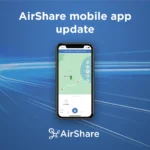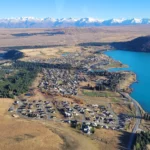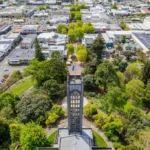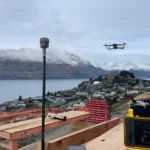Did you know that over 70,000 drone flights have been logged in AirShare by New Zealand drone pilots in the last 12 months within New Zealand? And that it integrates with Airways’ flight progress strip system in the towers? And that it has been deployed at multiple uncontrolled aerodromes and one large landowner across New Zealand?
The number of uncrewed aircraft (UA) flights recorded in AirShare continues to rise, an indicator of both increasing UA activity across New Zealand and a higher adoption of AirShare by UA operators.
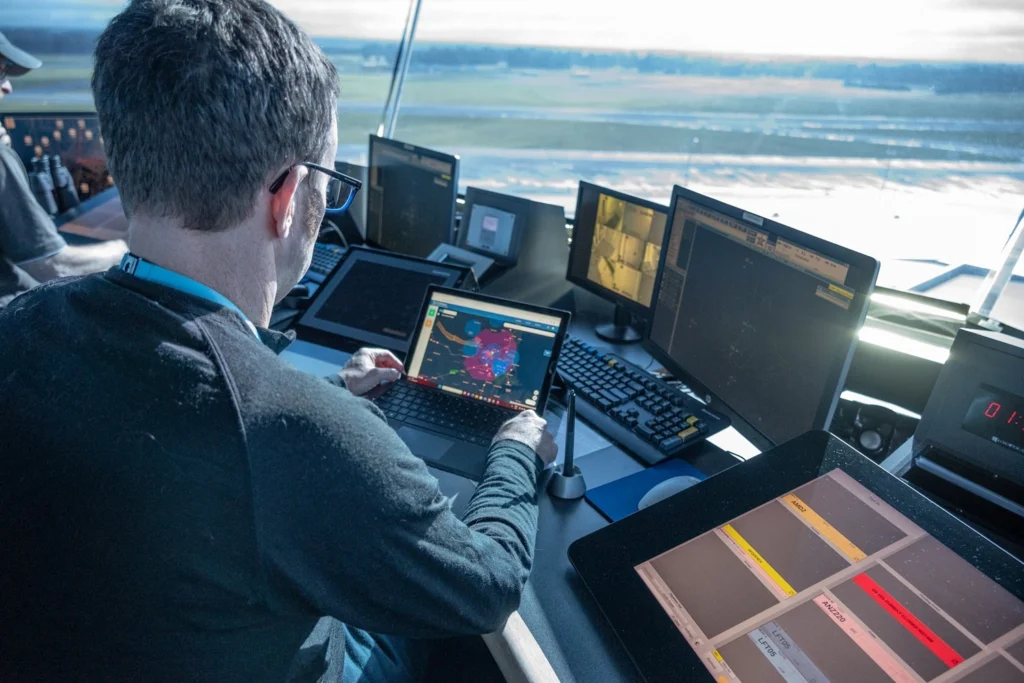
While that could mean more workload, interruptions and manual coordination for towers, AirShare is central to minimising the impact to ATC.
The graph below shows the increasing use of AirShare, both in controlled and uncontrolled airspace between 2021 and 2024, despite AirShare now considering transit lanes and excluding flights in these areas from control zones. The significant increase in flights in uncontrolled airspace is due to AirShare providing greater value to those operators, such as:
- Pre-flight conflict alerting
- In-flight alerting of other UA operations becoming active nearby
- Automatic generation of pre-formatted NOTAM proposals
- Sharing of UA flight intentions with Flight Advisor (low-level airspace advisory tool)
- Improved usability of AirShare web and mobile apps.
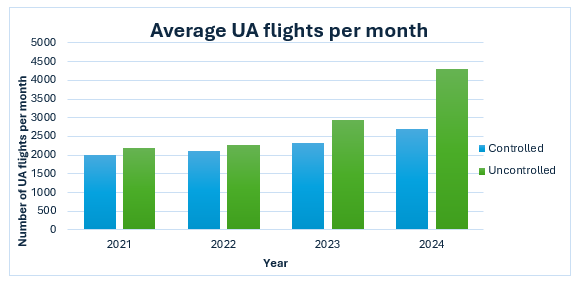
How AirShare is reducing workload for ATC
The graph below shows the average number of UA flights being planned per month within each control zone. AirShare supports ATC to manage these UA flights in a way to reduce workload, with functionality such as:
- Digital activation: UA operators are no longer required to call ATC for final authorisation. Based on 2024 flight numbers, we are expecting that AirShare will save around 27,000 phone calls to ATC towers across the country
- Flight strip integration: Each authorised UA flight produces a flight progress strip for management within the CWP
- Automation: UA flight plans submitted for low-risk areas based on location and altitude are automatically given provisional authorisation by the AirShare rule engine. This means that ATC do not need to manually process every intention by UA operators to fly.
- Map view for situational awareness: UA flights and their status (e.g. active or planned) are visible on a live map.
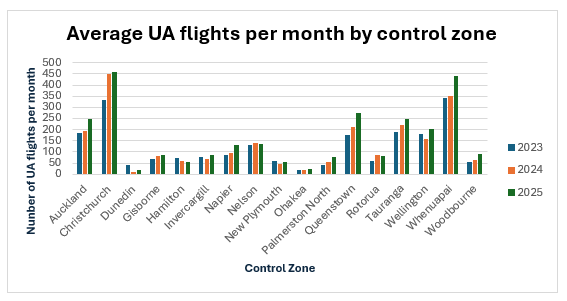
The continued growth in AirShare usage highlights its pivotal role in supporting the safe and efficient integration of uncrewed aircraft into New Zealand’s airspace. By streamlining communication and automating processes, AirShare is not only enhancing situational awareness for drone operators but also significantly reducing the operational burden on air traffic control.
As drone activity continues to rise, tools such as AirShare will be essential in maintaining safety and efficiency across both controlled and uncontrolled airspace. Its success demonstrates the value of smart digital solutions in managing complex, evolving aviation environments.



